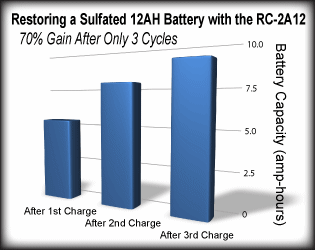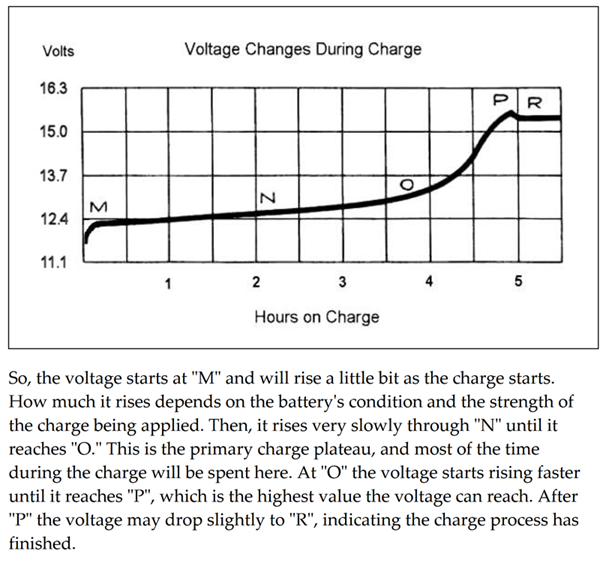this thread
I already asked you to leave this thread due to your disruptions. You came back in and Turion continued the conversation with you so feel free to post until you are asked to leave by him.
I have seen you have not done what Turion has recommended. That's up to you, but if you don't replicate exactly without putting your own spin on things, then what do you expect? You don't have to answer - I'm just saying.
You're always free to start your own thread to critique the work here without getting in the way of progress of filling up the thread with a bunch of posts that people have to filter out in order to get to the message.
Originally posted by bistander
View Post
I already asked you to leave this thread due to your disruptions. You came back in and Turion continued the conversation with you so feel free to post until you are asked to leave by him.
I have seen you have not done what Turion has recommended. That's up to you, but if you don't replicate exactly without putting your own spin on things, then what do you expect? You don't have to answer - I'm just saying.
You're always free to start your own thread to critique the work here without getting in the way of progress of filling up the thread with a bunch of posts that people have to filter out in order to get to the message.



Comment